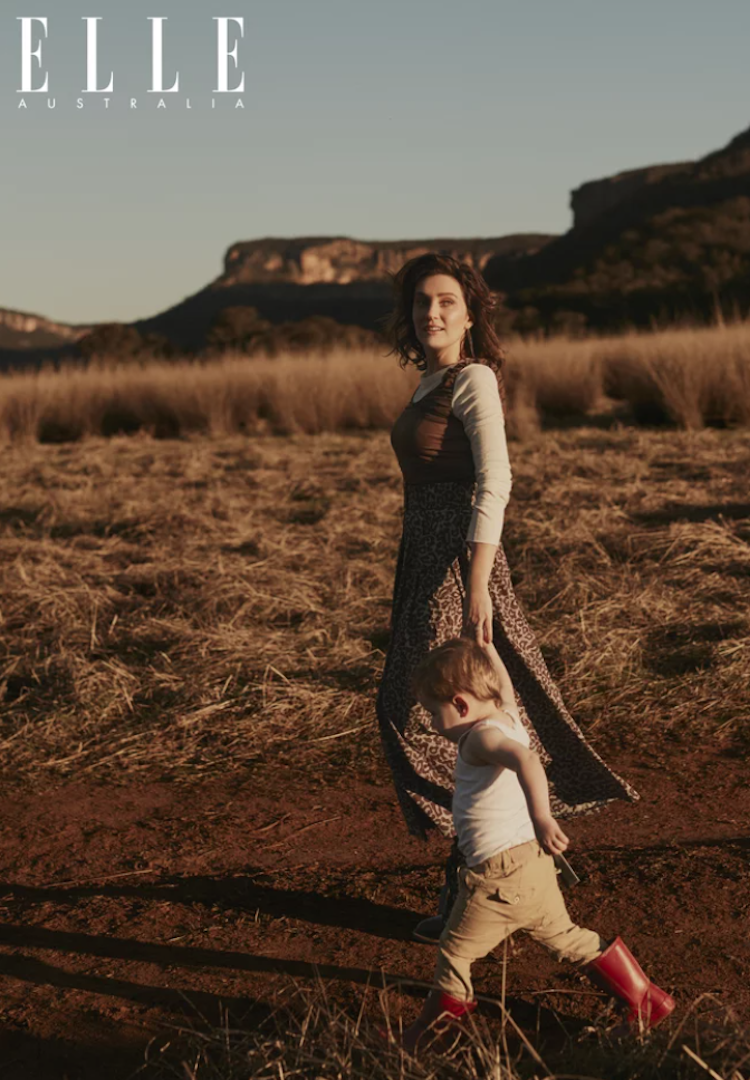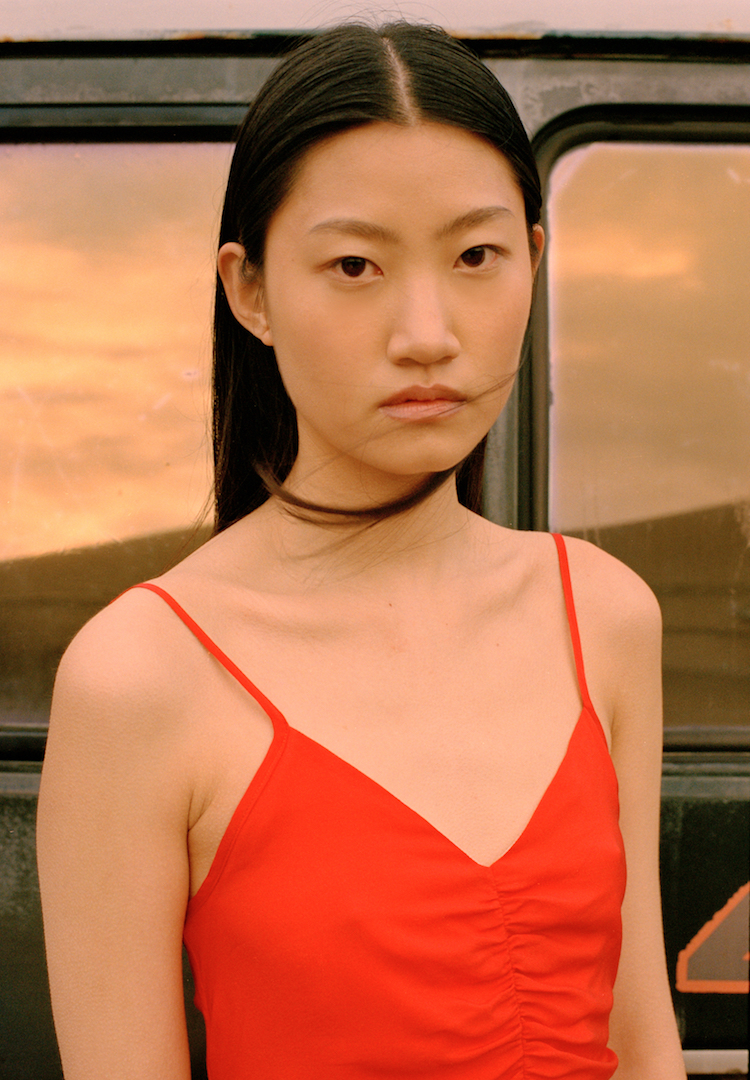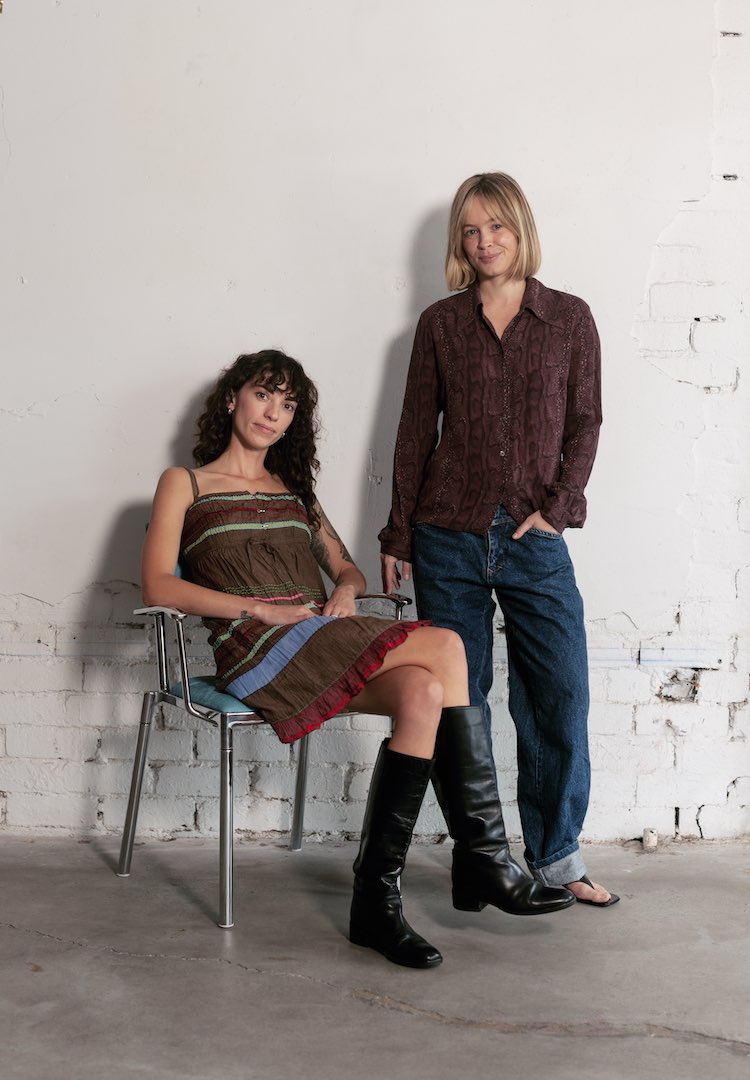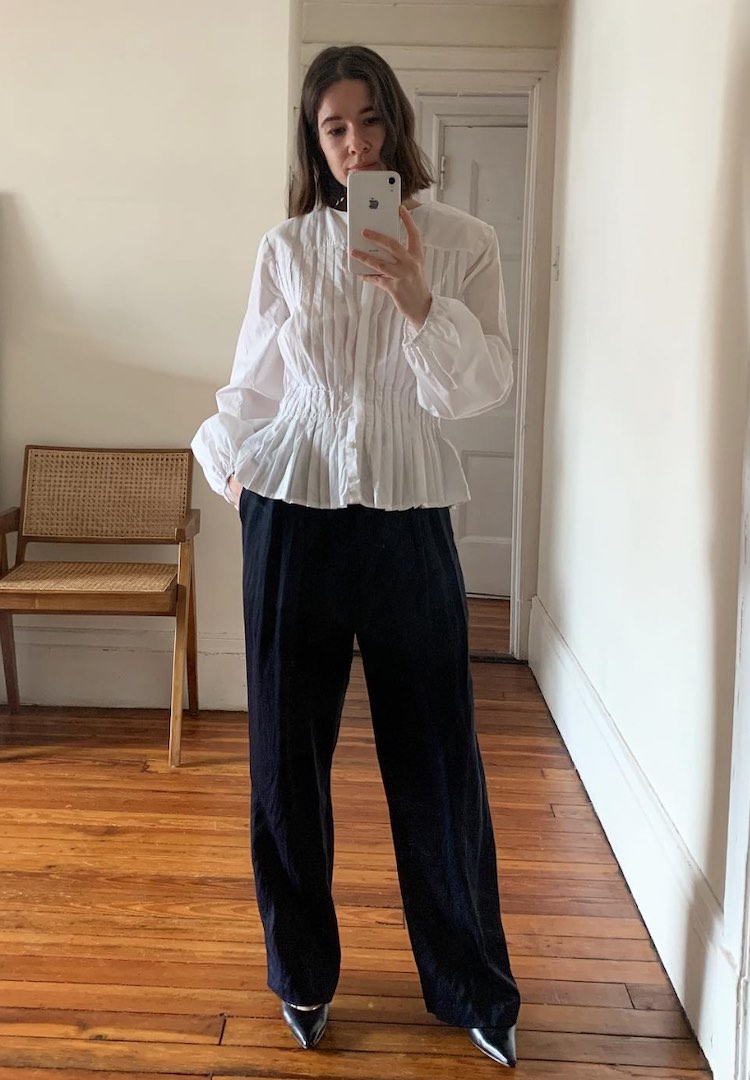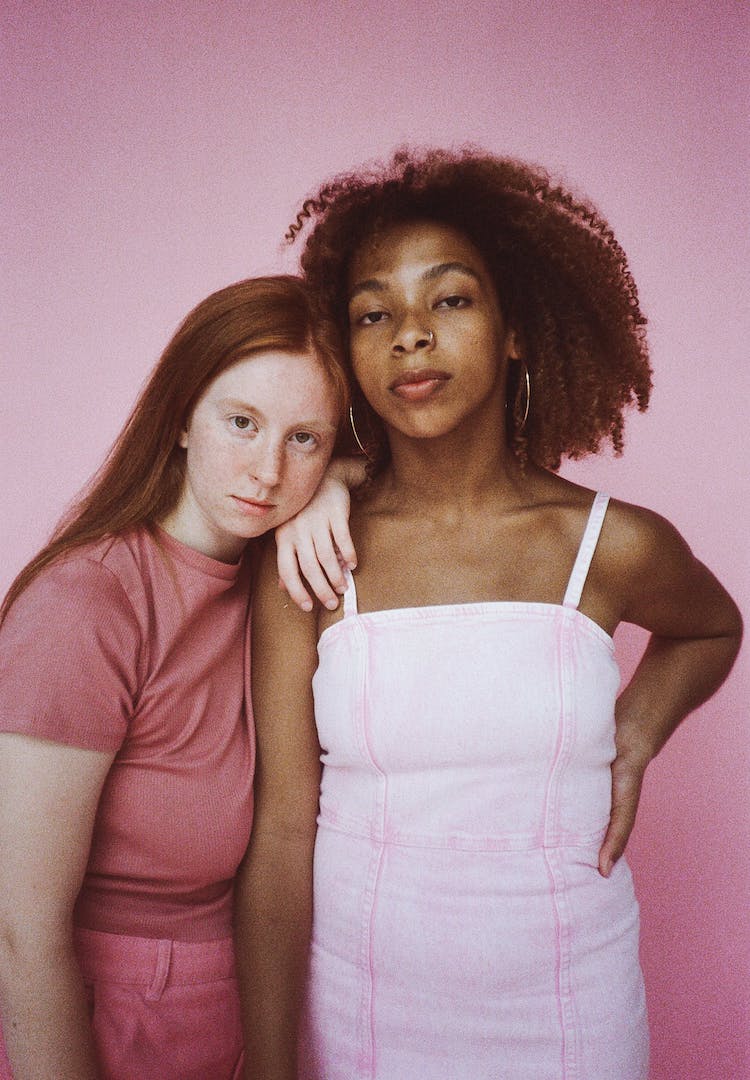An ode to Australian glossies and their enduring influence
Photography by Georges Antoni for Elle Magazine
WORDS BY GENEVIEVE PHELAN
These are the magazines that shaped us.
The COVID-19 induced closures of prolific Australian magazines has been sobering. Iconic mastheads have dropped off newsstands. More than 200 staff have lost their highly-coveted jobs. And it has ripped one indelible, meteoric hole through the heart of our publishing industry.
Daylighting as a publicist and moonlighting as a writer, I’ve heard the news reverberate at breakneck speed. Exclamations of “don’t pitch there”, “print is dead” and “the media landscape is changed forever,” are ringing like death knells to the sheeny A4 bibles that birthed this very platform you’re scrolling on now.
It’s hard not to feel sad if you’re a magazine romantic. But while these stalwart publications (like all other good things in life) inevitably come to an end, it’s important to eulogise their heydays and heed their many lessons.
And as a little more room on our coffee tables frees up, we can start to look ahead to the many intrepid, independent print and digital zines that will prevail in a post-pandemic Australia.
My first memory of magazines traces back to hot bike rides with friends to the local library after school. We’d flick through Dolly Magazine’s scandalous sealed section, howling with laughter and taking turns to read the juiciest bits out loud.
When I couldn’t go to Sydney for my high school work experience placement to Girlfriend Magazine a few years later, I was nearly catatonic with the thought of what could have been. The utopia of a magazine HQ was something I’d dreamt up in my young and feeble mind. When I eventually made it up there in year 11, it cemented my adoration for print media.
Then, late last year, I interned at Stellar Magazine for university. Vogue was just upstairs. The News Corp building was a veritable candy shop of men in freshly ironed shirts, magazines, caffeine and organised chaos – much less Devil Wears Prada than one would imagine.
“The Wall” in Mag Land is one of the most transfixing bits. It’s where the magazine is dissected into a Tetris-like game of manoeuvring and meticulous arrangement. Every page is visualised as a puzzle piece amongst the rest.
Ads can get bumped in the day before print, which apparently causes a Mexican wave of migraines for the team as they deliberate what story to scratch or which page to ditch in order to make bank. The time, planning, talent, words, people and passion distilled into each story on each page of each issue of each magazine is tremendous.
Before social media, magazines were sacred, tactile oracles on all things fashion, life, beauty, celebrity and storytelling. Without a big sister, a flick through Elle was often the next best thing. It was a source of uncut, unadulterated advice on things like shaving your bikini line and styling a graphic tee.
Of course, they also had an ugly tendency to distort malleable brains, usually impressionable female ones. While it’s easy to get nostalgic, this is a good time to acknowledge the blatant disregard to issues like size and ethnicity women’s glossies have shown until very recently.
Faults have been omnipresent and mistakes are still made. But the power of the Aussie glossy lies in the permanence of ink on a shiny page. There’s no backspace or delete after a magazine goes to print. It’s into the ether forever as a cultural timepiece and a blueprint for what to do better next time. They are tangible reminders of why we had to change the cover girl narrative and the crash-diet diaries to make room for a more kind, inclusive reality.
While the new wave of magazines is typically thinner than the ones we farewell, Grazia’s recent ‘Order of Chaos’ issue is a feature-length collector’s item. It is a glorious reminder of what we’re losing. It covers Harvey Weinstein’s 40-day trial from the sidelines of court in astute and incisive detail, and then pages later leaps into a first-person recount of a Greta Thunberg rally in Switzerland as writer Isabelle Truman grapples with our crippling climate crisis.
Suddenly, my tea was half-drunk and I’d reached the beauty section with writer Emily Algar, whose precise prose turned a description of a serum from The Ordinary into punchy poetry. I couldn’t help but doggy-ear the corners.
The physicality of print magazines is something I’m confident we’ll never entirely lose. That’s where the magic lies – in the intimate, ‘lean-back’ psychology of peeling open a manifesto of the times with a cup of something hot or red.
Magazines are liminal artefacts that sit somewhere between a book, an art gallery and a seat in the front row of a fashion show. They give us a rare and unparalleled glimpse into the inner workings of creative minds. They curate arresting imagery with tactfully numbered words bound by big ideas and important concepts.
To the innumerable talented people behind these Australian mastheads, thank you. For those who got it right and got it wrong and for those who got giddy the first time they saw their byline or published a piece that resonated with a reader, congratulations on all your work. It’s the end of an era, but not of the entity itself.


